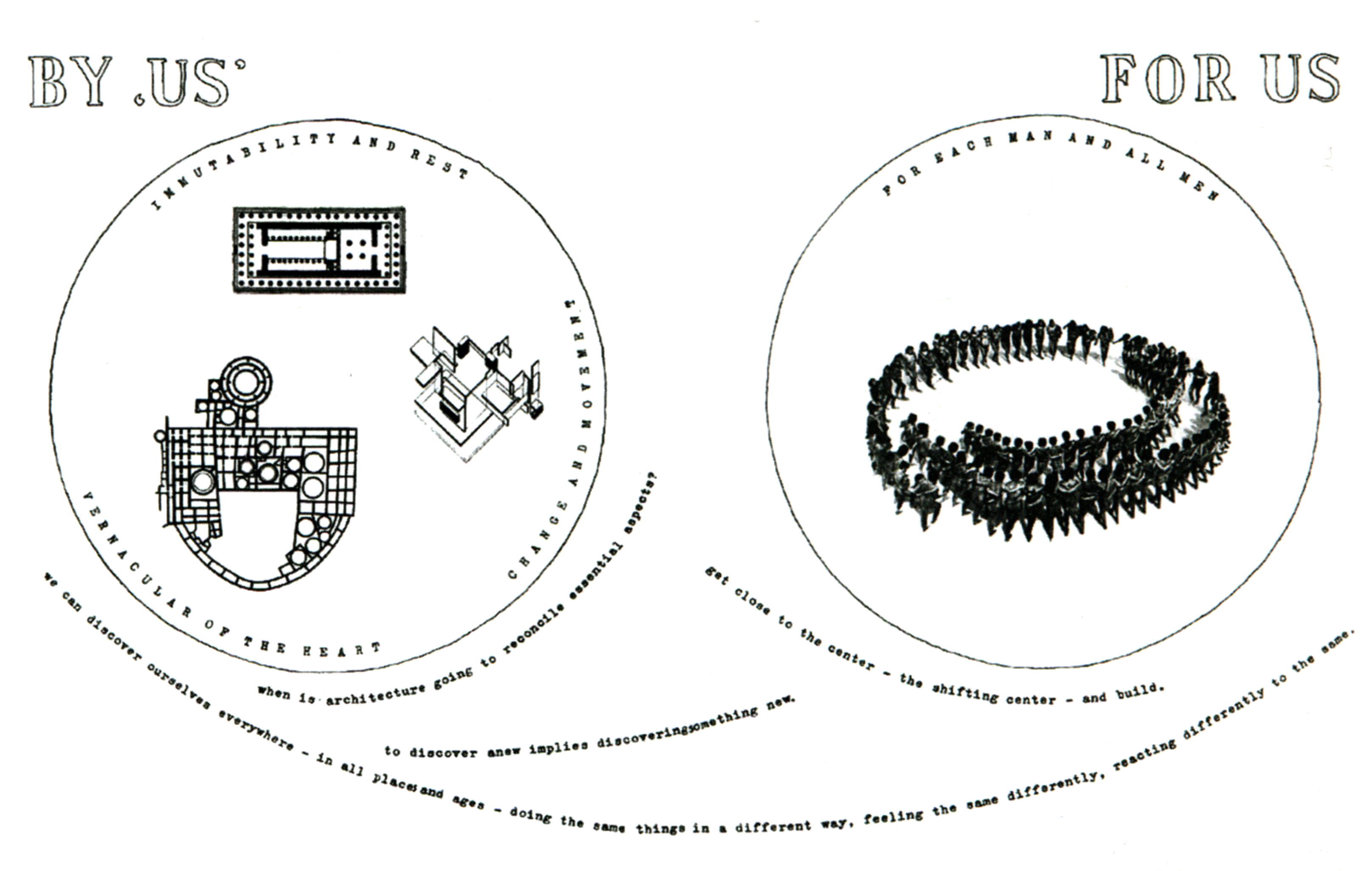Vitruvius, Ten Books on Architecture, I, I, 17, trans. Ingrid D. Rowland, eds. Ingrid D. Rowland and Thomas Noble Howe (Cambridge: Cambridge University Press, 1999), p. 24.
Gottfried Semper, Style in the Technical and Tectonic Arts; or, Practical Aesthetics, trans. Harry Francis Mallgrave and Michael Robinson (Los Angeles: Getty Research Institute, 2004), 77–81.
Ibid., 98, footnote 9.
Margitta Buchert, “Call for papers,” Topics & Strategies. Design and Research in Architecture, Symposium Entwerfen und Forschen in der Architektur, 4 (Leibniz Universität Hannover, June 19–20, 2014).
The Subjects of Art History: Historical Objects in Contemporary Perspective, eds. Mark A. Cheetham, Michael Ann Holly, and Keith Moxey (Cambridge: Cambridge University Press, 1998).
Mark Jarzombek, “The Disciplinary Dislocations of (Architectural) History,” in: JSAH 58, 3, (Sep. 1999), 488–493.
History/Theory is a collaboration between the Institute for the History and Theory of Architecture (gta), ETH Zurich and e-flux Architecture.
